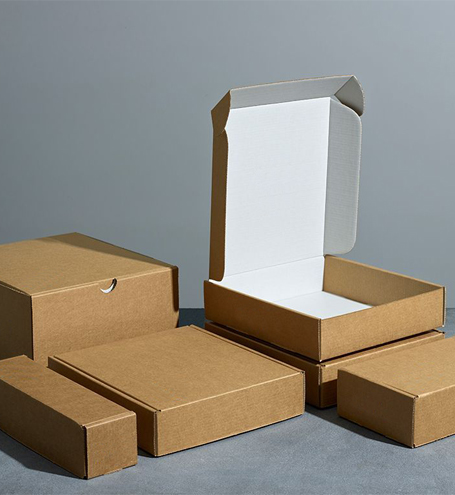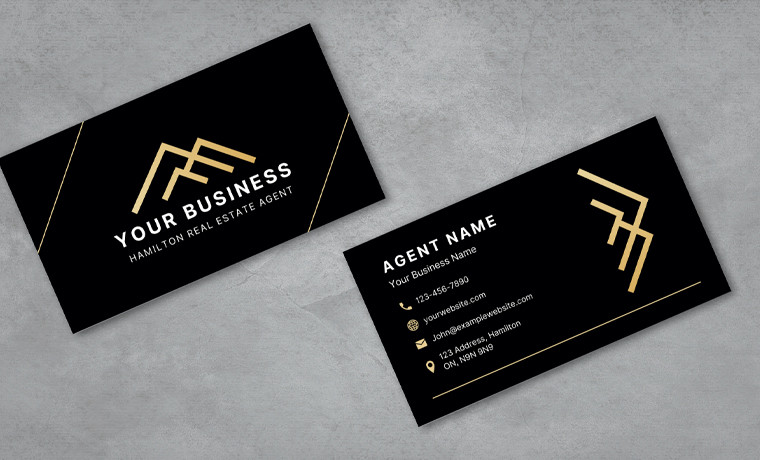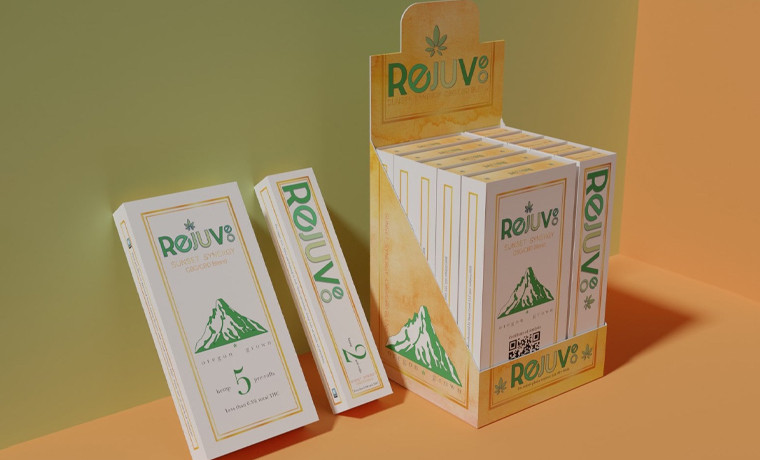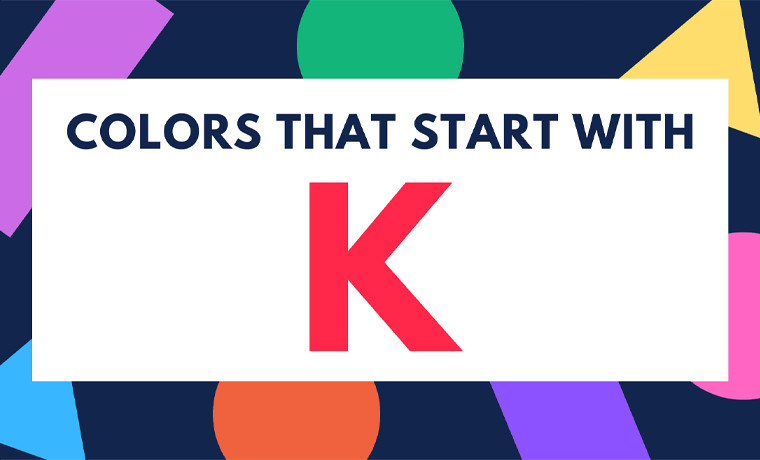Card Stock 101: Why It’s the Go-To Choice for Creative Projects
September 10, 2025

Do you think all paper stocks are the same? No, they are not. All paper stocks are not equally created. Each paper type is different in terms of durability, thickness, weight, and versatility.
The designers and professionals who are a part of the packaging and printing industry aware of the cardstock used to give their projects a creative look. This blog will explain what is card stock and delve into the various aspects from dimensions and colors to finishes. Reay to take off!
What is Card Stock?
What is cardstock paper? Let’s unfold it. Card stock also spelled as “cardstock” made from a blend of hardwood and softwood materials is more durable and thicker than regular paper but YES thinner and more flexible as compared to cardboard.
The combination of hardwood and softwood fibers gives strength as each mill uses diverse fibers at different ratios which results in creating a wide range of qualities, weight, and finishes.
Keeping a balance between durability and flexibility makes cardstock an excellent choice. From greeting cards and card making to invitations, scrapbooking, and packaging, cardstock is perfect.
Cardstock Dimensions
Cardstock is found in different sizes. Take a look at its dimensions below.
A4 Size: 8.27” by 11.69”
Square Size: Come in various sizes.
- 4” by 4”
- 5” by 5”
- 6” by 6”
Legal Size: 8.5” by 14”
Cardboard Thickness
The weight and thickness of cardboard are measured in grams (gsm) per square, pounds (lb), or points (pt). The higher the cardboard thickness, the heavier the paper is.
Take a glance at the table below.
| lb | pt | Best for |
| 100 lb | 12pt | business cards, postcards, and lightweight brochure covers |
| 110 lb | 14pt | premium business cards, invitations, and sturdier brochure covers |
| 120 lb | 16pt | high-end business cards, luxury packaging, and long-lasting book covers |
| 130 lb | 18pt | heavy-duty business cards, high-level packaging, and superior covers |
| 160 lb | 24pt | super-thick business cards, exclusive packaging, and intensely durable covers |
Wondering how to convert point (pt) into inches? Here is the formula.
Pt / 72= inches
The examples of 12 pt cardstock and 24 pt cardstock thickness are here to help you understand better.
- 12pt / 72 = .167 inches
- 24pt / 72 = .33 inches
Simple. Got it? Great.
Benefits of Card Stock
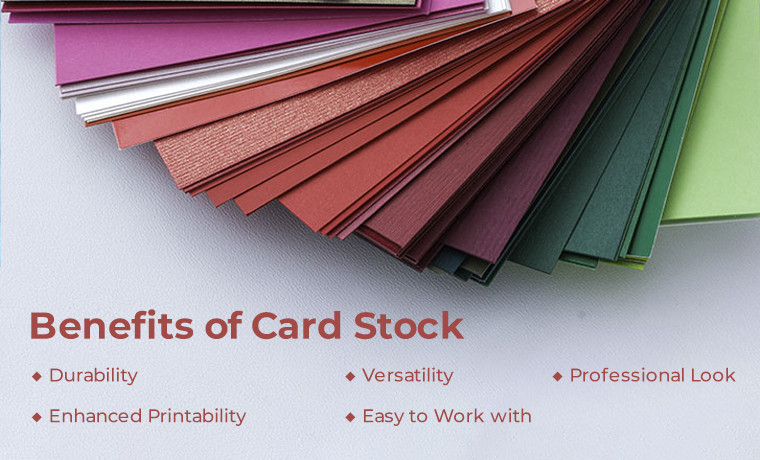
The pros of cardstock packaging are numerous which makes it an excellent choice for their next project.
Durability
Cardstock is thicker and sturdier than paper which makes it less prone to tearing or creasing. This durability is especially good for those projects that require frequent handling.
Versatility
Cardstock comes in a wide range of colors, textures, and weights. You find countless options for creativity and customizations. From smooth and glossy finish to textured and embossed appearance, plentiful possibilities are available. Go wisely with the most suitable options that match your needs.
Professional Look
The thickness and rigidity of cardstock give your projects a more polished and professional appearance. When designing business cards, postcards, invitations, or greeting cards, no other cardstock is ideal for first-class presentation.
Enhanced Printability
The smooth surface of cardstock provides superb ink absorption. It results in vibrant and high-resolution prints on the paper. Using cardboard is perfect for your projects that involve complex designs or photographs.
Easy to Work with
The beauty of cardstock is it is easy to work with. No effort is required. It is easy to cut, fold, score, and glue. This makes it a versatile paper material for beginners and professional crafters. The flexibility of cardstock allows designers to create perplexing designs and 3D creations.
The perks of cardstock are unlocked. Let’s proceed to know where cardstock is used!
What is Card Stock Paper Used for
When it comes to understanding where cardstock paper is used. The number is big. Check the below table to learn the uses of cardstock in paper crafting and packaging.
| Greeting cards | Invitations | Scrapbooking |
| Prototypes | Book covers | Educational projects |
| Art and illustration | DIY calendars | Presentation folders |
| Signs | Table place cards | Decorative tags |
| Certificates | Diplomas | Stencils |
| Playing Cards | Gift Tags | Posters |
This is not the end. The list is here with a few more examples.
- Flyers
- Tags
- Labels
- Business cards
- Memory albums
- Custom packaging
- Brochures
From thickness and durability to versatility and customization options, choose wisely the right type of cardstock to meet your packaging needs.
Cardstock Vs Paper
Let’s compare cardstock with paper and see the difference.
| Features | Cardstock | Paper |
| Thickness | Thicker and sturdier | Thinner and more flexible |
| Weight | 90 to 110 lb (200 to 300 GSM) | 20 to 24 lb (75 to 90 GSM) |
| Durability | More durable and long-lasting | Less durable and can tear easily |
| Uses | Greeting cards, invitations, photo printing, and business cards | Printing, writing, and everyday documents printing |
| Surface Finish | Smooth or textured | Typically smooth |
| Cost | More expensive | Cheaper |
Done with the comparison between card stock and regular paper. Now, another comparison is cardstock vs cover stock paper. Let’s dig into this.
Cardstock Vs Cover Stock Paper
Here is the difference between cardstock and cover stock.
| Features | Cardstock | Cover Stock |
| Thickness | Thicker and heavy-weight | Thick and heavy |
| Weight | 50 to 110 lb | 65 to 120 lb |
| Texture | More durable and long-lasting | Less durable, can tear easily |
| Stiffness | Smooth, various finishes | Glossy, matte, textured, coated |
| Usage | Business cards, postcards, invitations, greeting cards, crafts | Covers for books, brochures, catalogs |
Got the idea? Cover stock paper vs cardstock? A brief comparison is fruitful in helping you understand their differences.
Conclusion
In the end, when exploring what is card stock, we can say it is a thick and sturdy piece of paper used for crafting and printing. Further, it is also perfect for making cards.
Heavier than standard writing paper but YES, lighter than cardboard, this paper type is known for its durability and versatility and is ideal for projects like business cards that require a more substantial material than regular paper.
Whether you are a professional or an enthusiast for DIY projects, stop your hunting. Scrolling up again will help you understand everything about card stock and can make you the right card stock selection for your next creative project. Don’t hesitate to contact Custom Product Packaging by emailing at orders@customproductpackaging.com to enquire more.
